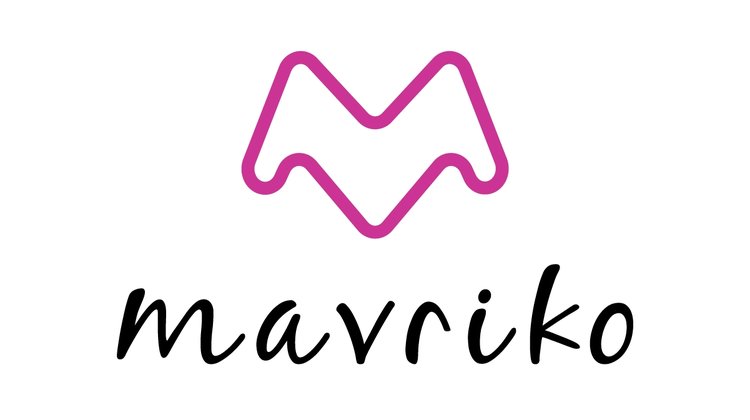Your business is doing OK, but it could be better. It grows when things are going well, then stagnates periodically when the “news” or marketing budget runs dry. Many of you say that you get your business through WOM, or tout that as main marketing objective.
Most companies strive for customer advocacy (including your competition), but how well are you really doing in this department? Do your customers actively endorse and champion you? If you don’t know the answer, I’ve got good news for you – it’s easier to figure out then you might think.
Try to answer this question: “What is the likelihood that your customers would recommend your company to a friend”? Not anecdotally; a real quantifiable number. Think this might be valuable to know? You’re right, it is. Here’s how:
Just over a decade ago, Fred Reichland and his team at Bain and Co. uncovered the one question that worked best to determine customer behavior, which they coined, Net Promoter Score (NPS). Their research showed that this “likelihood to recommend” question was the MOST accurate predictor of how many repurchases, referrals, recommendations, etc, a brand was likely to receive.
As it turns out, Net Promoter leaders grew on average 2X faster than their competition! No other question tested provided a response that was a better indicator of the actions you want your customers to take: buy more, tell their friends, and generally share good-will about your business.
Do your customers feel this good about your brand?
The value of measuring NPS is strongest in categories where customers can switch easily, have abundant choice, and there is high demand. Sound like the arena in which you compete? If so, you’d be well served to measure this easy to uncover metric.
There are many ways to make use of Net Promoter Score, but if nothing else, think of the value in identifying those detractors inside your customer base, then working to bring them around to advocacy.
Without identifying a single new buyer, you could potentially have a dramatic impact on the bottom line and raise the likelihood that they will rate you highly in the future; significantly enhancing the value of your existing customer base.
One question. Many implications. Huge value to your business.
What’s your net promoter score?















